The Oppo Reno series has consistently been recognized for its stylish designs and impressive camera capabilities. The latest addition, the Oppo Reno 13 Pro, builds upon this legacy with a host of enhancements. These distinguish it from its predecessor, the Reno 12 Pro. This article explores the key differences in design, performance, display, camera features, battery life, and overall usability.
Design and Build Quality

The Oppo Reno 13 Pro showcases significant upgrades in its design. It features Gorilla Glass 7i on both the front and back. Instead, Gorilla Glass Victus 2 was found on the Reno 12 Pro. This change enhances durability while maintaining a premium feel. The frame is now made of aluminum alloy, providing a sturdier structure compared to the plastic frame of its predecessor.
In terms of water and dust resistance, the Reno 13 Pro boasts an IP68/IP69 rating. This offers superior protection compared to the IP65 rating of the Reno 12 Pro. However, these enhancements result in a slight increase in weight. The Reno 13 Pro weighs between 195 to 197 grams, while the Reno 12 Pro is lighter at 180 grams. Additionally, the dimensions have increased; the Reno 13 Pro measures 162.8 x 76.6 x 7.6 mm. Whereas the more compact Reno 12 Pro measured at 161.5 x 74.8 x 7.4 mm.
Display Features
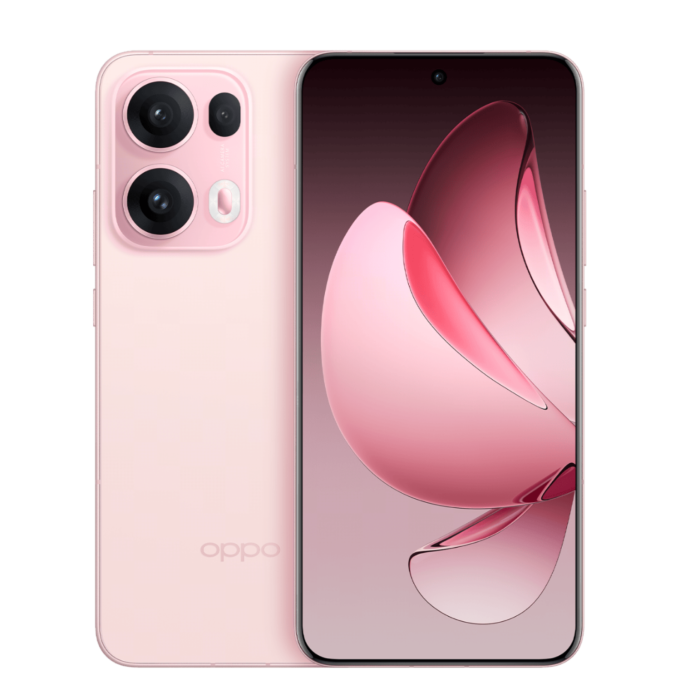
Both models are equipped with a vibrant AMOLED display featuring a refresh rate of 120Hz and HDR10+ support. However, the Reno 13 Pro offers a larger screen at 6.83 inches. Compared to the 6.7-inch display of the Reno 12 Pro. This increase improves the screen-to-body ratio from approximately 89.4% to around 90.9%, creating a more immersive viewing experience.
The resolution also sees an upgrade in the Reno 13 Pro, which offers a resolution of 1272 x 2800 pixels . The Reno 12 Pro has a resolution of 1080 x 2412 pixels (~394 ppi). Although both displays perform well in everyday tasks, users may appreciate the enhanced clarity and size of the newer model.
You might also like : Oppo Reno 12 5G specifications and features!
Performance Enhancements
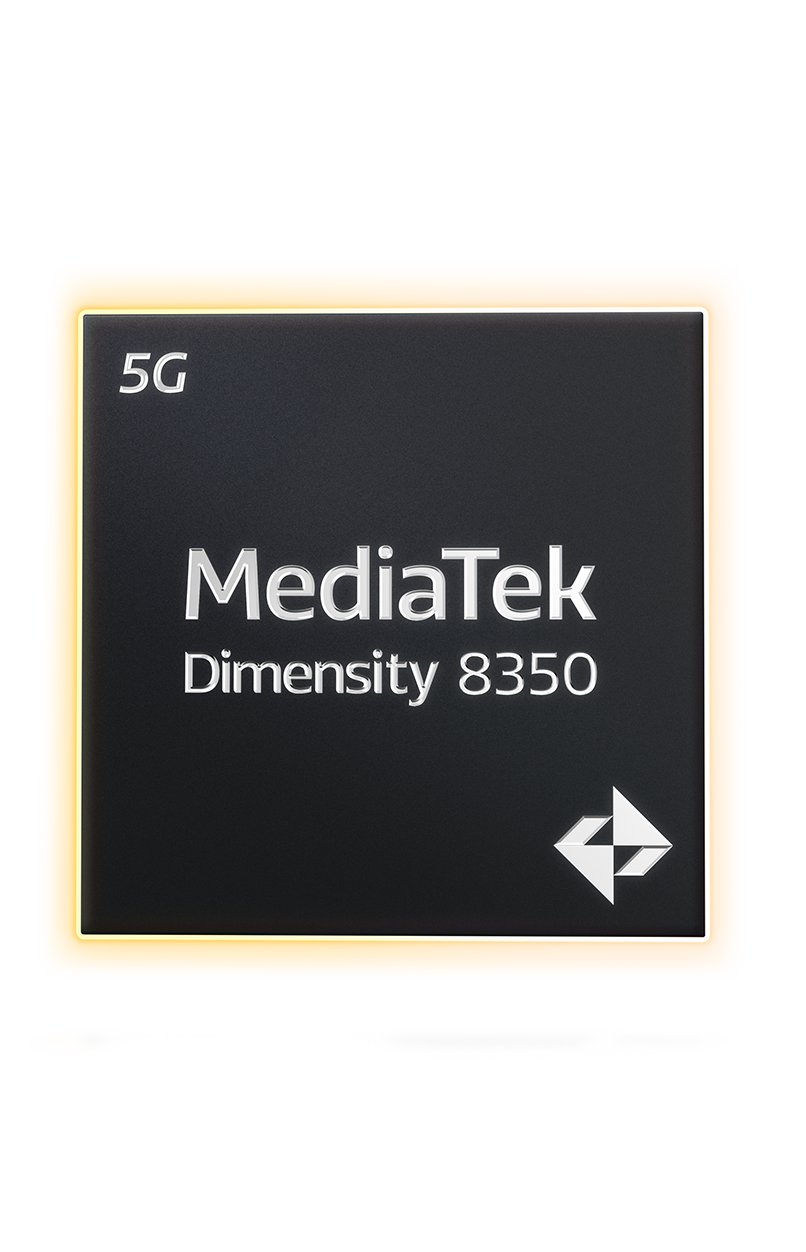
Under the hood, the Oppo Reno 13 Pro is powered by the MediaTek Dimensity 8350 , leaping from Dimensity 7300 Energy. Both chipsets utilize a similar 4nm manufacturing process. However, the newer chipset features a faster octa-core CPU with a prime core. It clocks at an impressive 3.35 GHz for improved single-threaded performance.
In terms of graphics processing, the Reno 13 Pro is equipped with a Mali-G615 MC6 GPU, providing better performance for gaming and visual tasks compared to the dual-core GPU in the Reno 12 Pro. This makes everyday tasks seamless on both devices, but users engaging in demanding activities like gaming will benefit from the enhanced stability offered by the newer chipset.
Both smartphones come pre-installed with Android versions; however, they differ slightly in their software environments. The Reno 13 Pro ships with Android 15 and ColorOS 15, while its predecessor launched with Android 14 and ColorOS 14.1.
Camera Capabilities
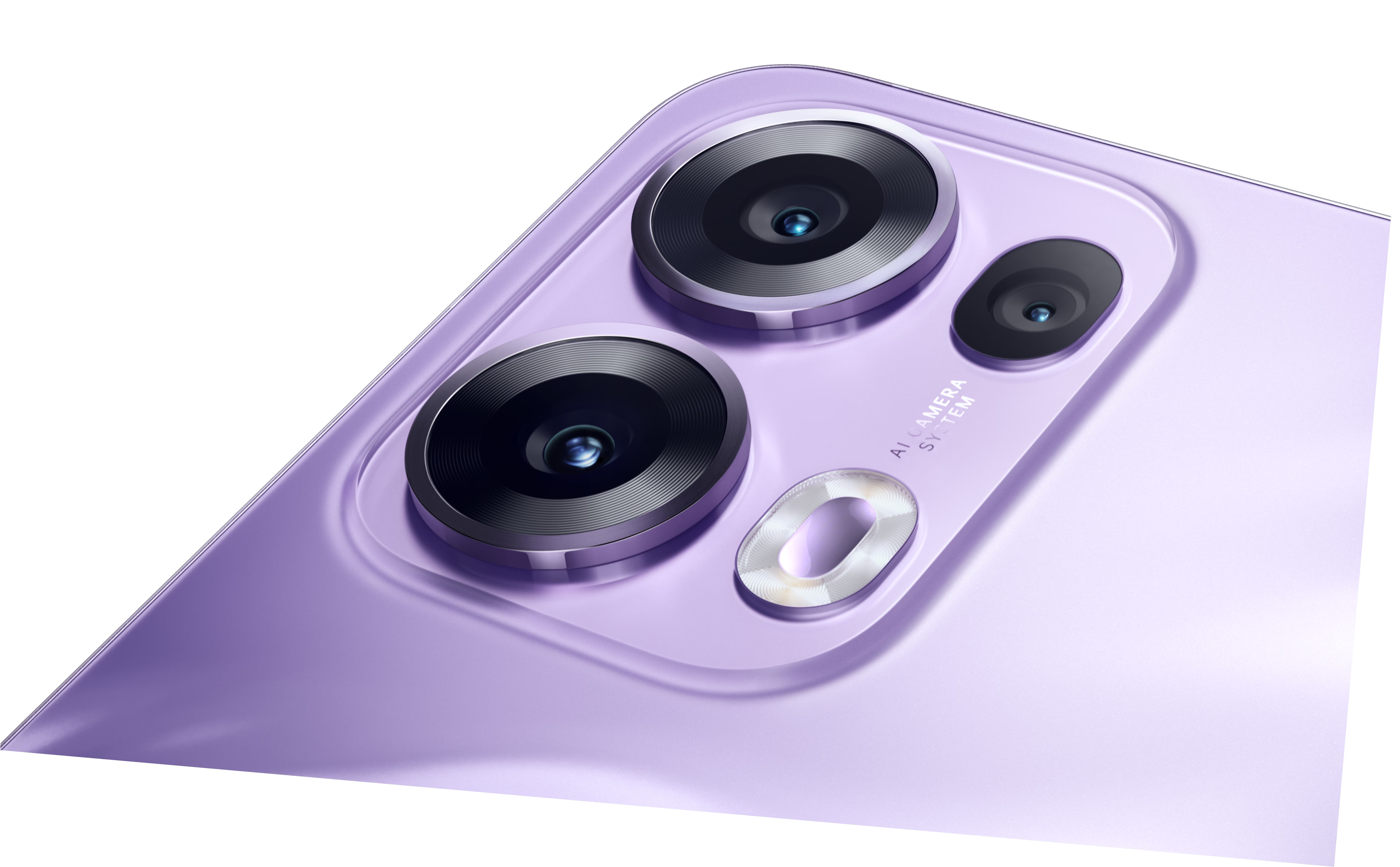
Camera specifications show that both models feature a similar triple-camera setup with a primary sensor of 50 MP and an ultra-wide sensor of 8 MP. However, there are notable improvements in the telephoto lens of the Reno 13 Pro, which now offers a robust optical zoom capability of up to 3.5x compared to just 2x on the Reno 12 Pro.
The main camera sensor on the Reno 13 Pro includes multi-directional PDAF (Phase Detection Autofocus) and Optical Image Stabilization (OIS), enhancing focus accuracy and stability during photography sessions. Both models support up to 4K video recording; however, the Reno 13 Pro adds gyro-EIS (Electronic Image Stabilization) across more video modes for smoother footage.
For selfies, both smartphones are equipped with a formidable front camera featuring a resolution of 50 MP along with autofocus capabilities and support for recording in up to 4K resolution.

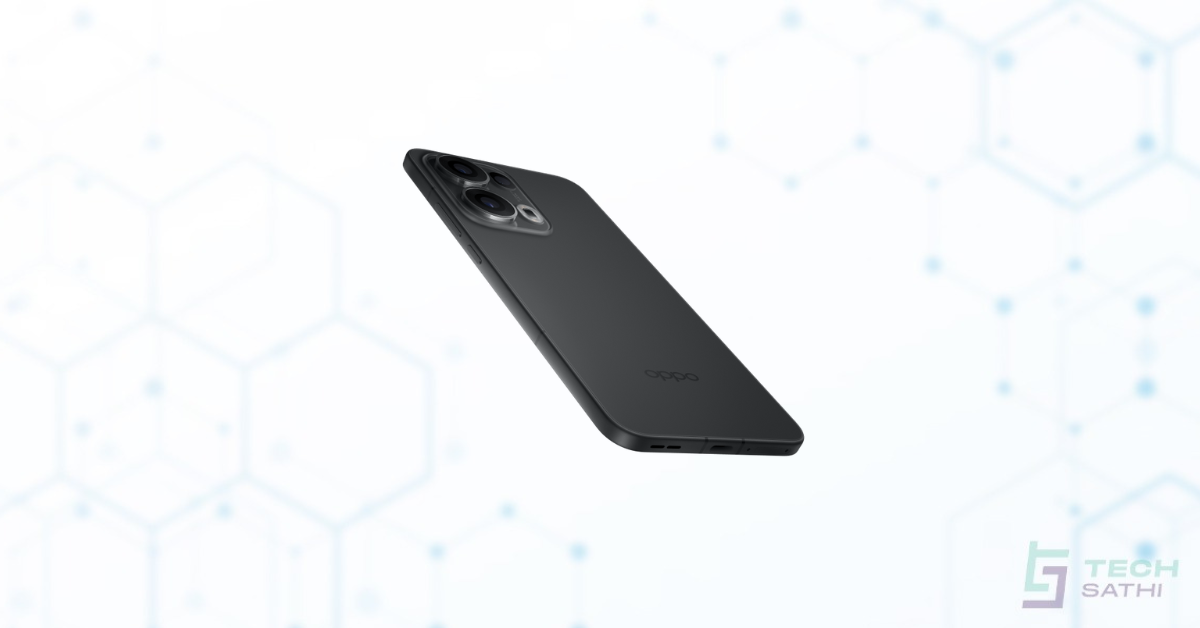
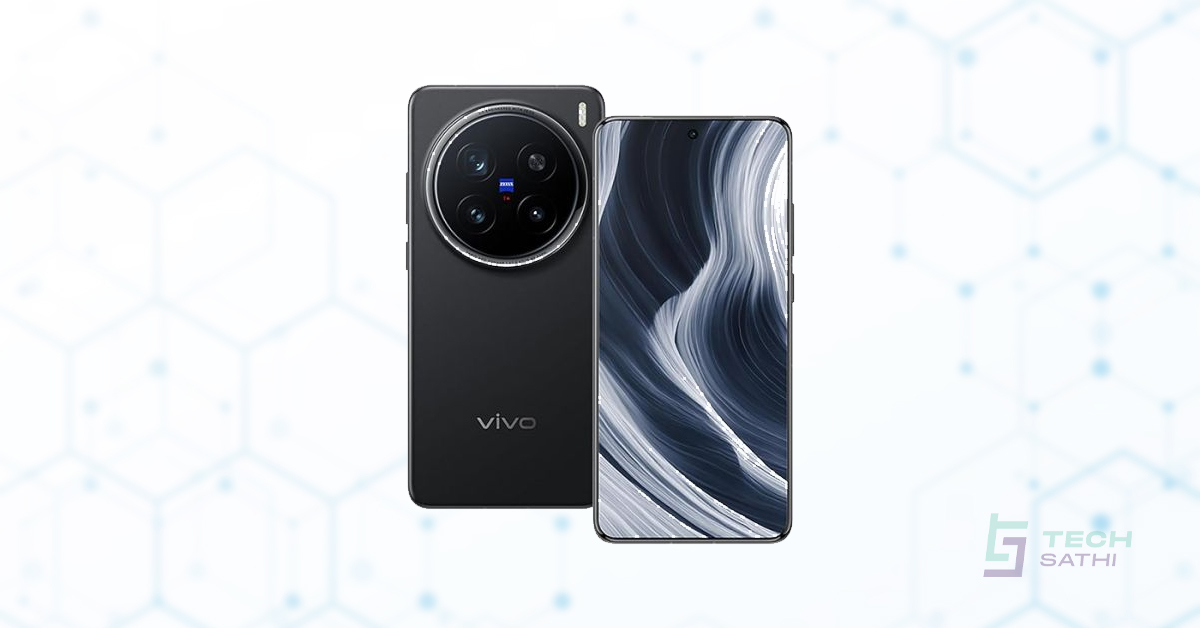
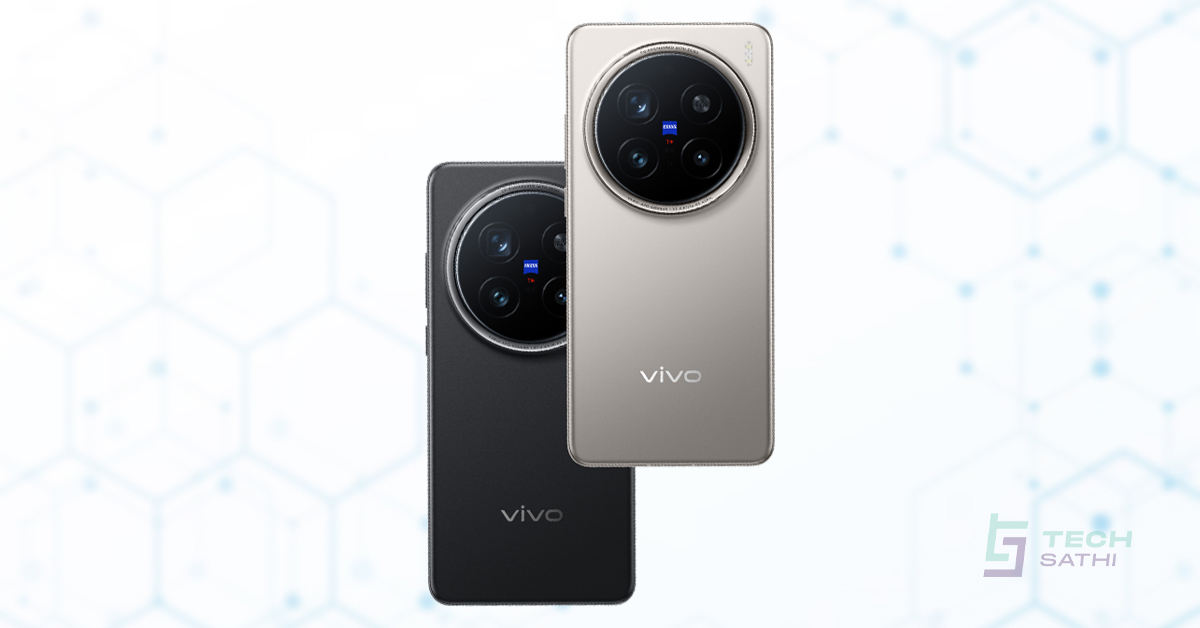
Great breakdown of the Oppo Reno 13 Pro! It’s clear that Oppo has made substantial upgrades, especially in terms of the display size, camera enhancements, and the jump to the MediaTek Dimensity 8350. I’m particularly excited about the 3.5x optical zoom on the Reno 13 Pro—sounds like a game-changer for mobile photography.
One question that comes to mind: With all these improvements, how do you think the Oppo Reno 13 Pro stands up to competitors in the same price range? Would love to hear your thoughts on how it compares in terms of overall value.